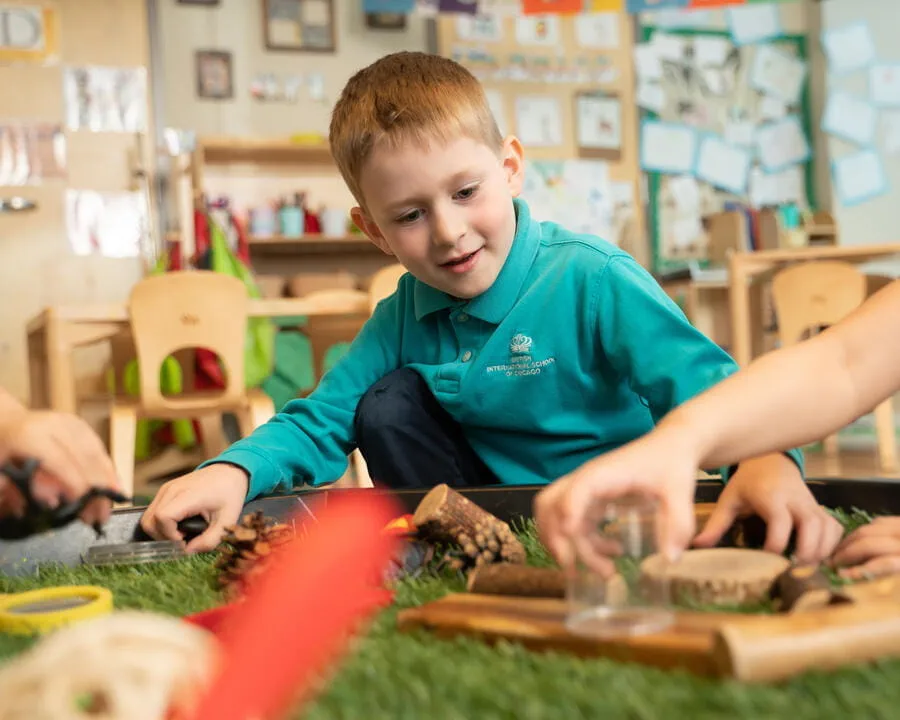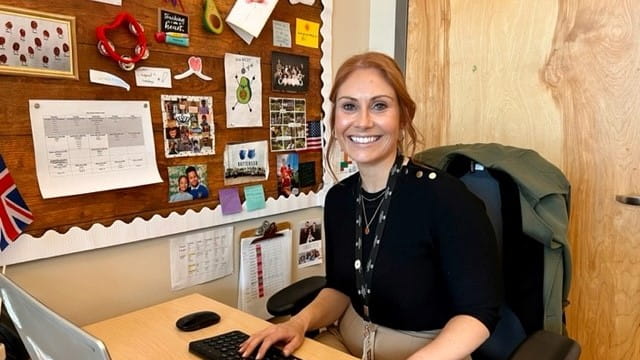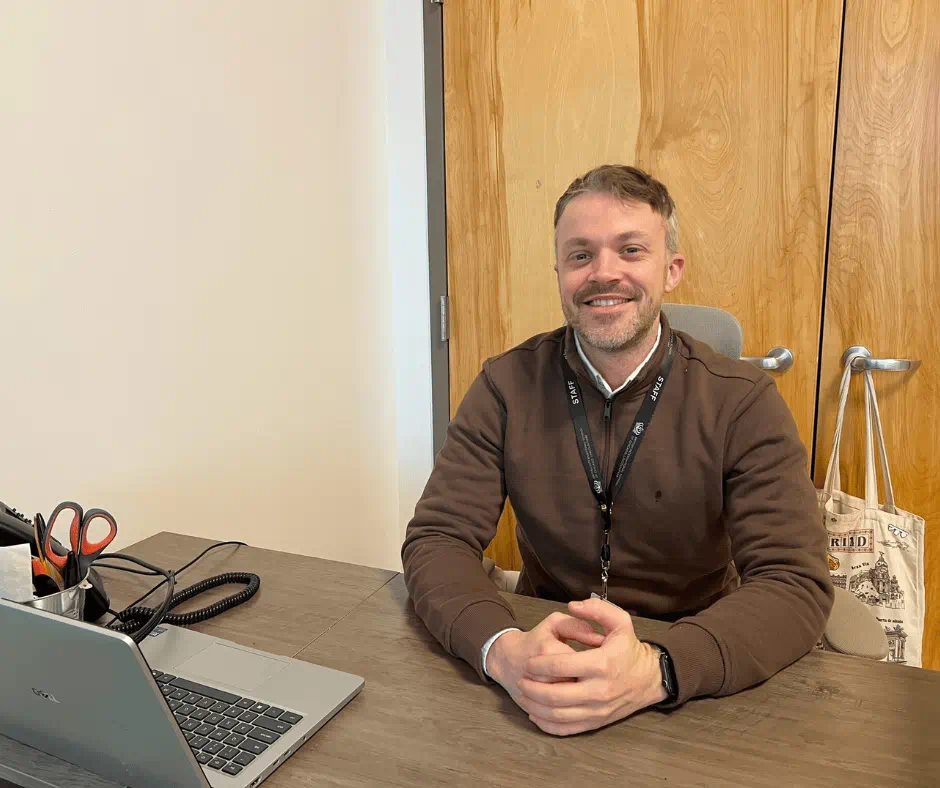
When students seem worried about the upcoming school year, I share a secret with them: their teachers may also be a little apprehensive. Just like them, we are excited to reconnect with everyone in school and to once again create opportunities for learning, but each year brings change, and change can be hard.
The beginning of the Fall term seems a little like the beginning of the calendar year. It is a time to start afresh with a clean slate and set new goals for the year, armed with brand new planners and exercise books. Even now, I remember the excitement of setting off to school with shiny new shoes, a uniform that left me ‘room to grow, and a brand new pencil case filled with my favorite sharpened pencils. At the same time, this was also accompanied by a tummy full of butterflies as I wondered what was in store for me.
Transitions are challenging for all and may create uncertainty and discomfort. It is normal for these feelings to trigger anxiety, the body’s natural ‘alarm’ system for the unexpected. Anxiety is often referred to as a ‘flight or fight’ response as we assess whether a new or unexpected event poses a threat. If we overestimate the threat and underestimate the resources we have to adapt to the situation, anxiety then takes hold and creates both an emotional and physical reaction. For our youngest children who are in school for the first time, this reaction is sometimes accompanied by tears, clinging to adults and sometimes by children literally taking flight as they attempt to follow their parents out of the classroom. Others may have a different response: they may shut down or become so overwhelmed that they freeze and are unable to take action.
As adults, we would love to use our own experience to help children put the perceived ‘threat’ into perspective and to eliminate both the roots of anxiety and the associated negative emotions. However, even if this were at least somewhat possible, it does not equip children with the skills they need to resolve challenging situations in the future. Experiencing disappointment, heartache and sadness are all normal and can be valuable for building resilience and problem-solving skills. Our role, as teachers and parents, is to guide and support children for all eventualities, expected or unexpected and to co-create coping strategies.
Lynn Lyons provides valuable advice for supporting anxiety in ourselves and in others. For children, the nature of these strategies will vary depending on age; most importantly, adults act as valuable role models as they navigate and adapt to their own unexpected events.
EXPECT TO WORRY: Accept anxiety as a normal part of life, and recognize the physical and emotional signs, as well as the triggers for anxiety.
TALK TO WORRY: Externalizing and naming ‘worry’ is a reminder that this temporary emotion is only a part of our identity , it does not define us.
![Weathering Change - Weathering Change]()

![Weathering Change - Weathering Change]()
BE UNSURE AND UNCOMFORTABLE PURPOSEFULLY: Do not avoid situations that create anxiety, such as a fire alarm. Practice stepping into these situations, with support and reassurance from others: “You’ve got this”.
BREATHE: Purposeful breathing provides a focus and can provide calm.
SET GOALS: Work towards them and acknowledge outcomes that are worth the discomfort.
BRIDGE BACK TO SUCCESS: Remember previous situations where uncertainty was successfully navigated and talk about the journey and how it felt along the way.
TAKE ACTION: Only action helps us learn. We need to be active participants in resolving challenging emotions.
As my youngest son graduated from High School this summer, the speaker offered her top ten tips for life, of which the first was: “Never underestimate the power of routine”. When we are facing uncertainty or are overwhelmed, familiar routines can ground us. Never was this more apparent than during the Pandemic: with so much that we could not control, creating some structure in our day was valuable. We all fare well when we know what is expected of us; in school, we strive to maintain consistent and known routines for all children – whether this is putting their name on the board as they enter the classroom, or use the visual timetables to understand what is coming up next, or how they approach an individual lesson.
This week, the same son is headed to University. No doubt he has those same butterflies floating around within him – simultaneously excited by this next chapter in his life and yet not knowing what the next four years will entail. I have had to resist the temptation to reassure him that everything will be ‘fine’. I cannot promise to solve the problems that he may encounter, or to eliminate anxiety or stress. I can, however, reassure him that no matter what, I will be there for him and encourage him to live a full life, undeterred by things that may potentially go wrong.
At BISC Lincoln Park, we strive to equip our children with all the tools they need to successfully navigate change, increasingly independently, comfortable in the knowledge that here at school too, we are there to support them along the way.
Judith Scholes
Learning Resources Leader & Director of Safeguarding, Inclusion and Culture






/blog-banner-1280-x-720.png?h=720&iar=0&w=1280&rev=16a05aefba4045d9990a53f442785685&hash=6B05FC5D5038D38284BABCEC2067DB8E)


.png?h=788&iar=0&w=940&rev=d90cba9b09fb4c8fab7fac061b6b1f8b&hash=6370E2794516618F223C4FD12B4A6659)